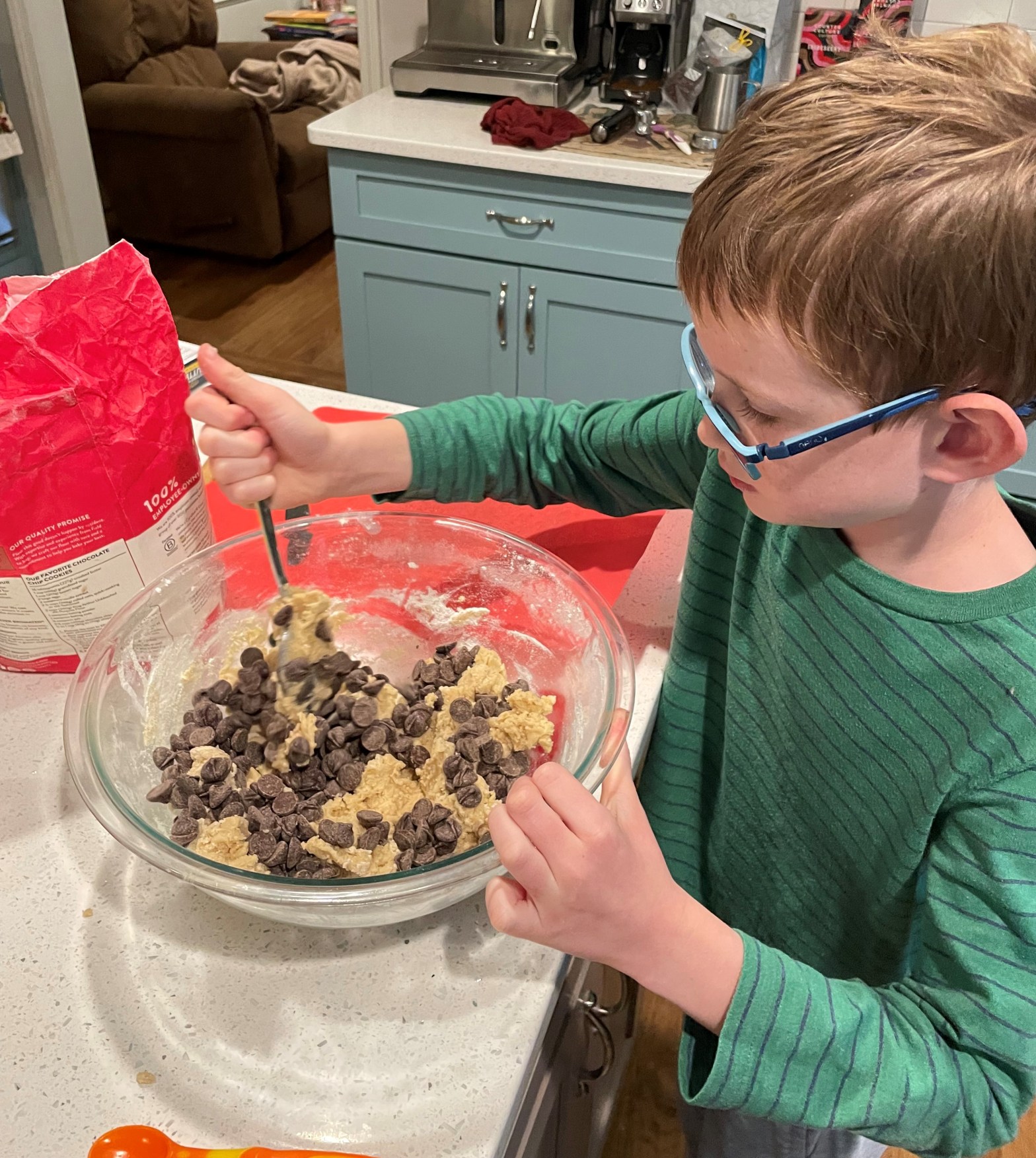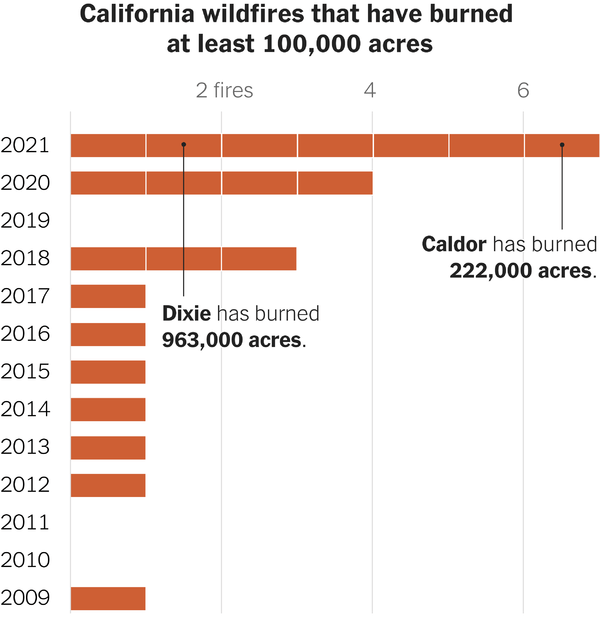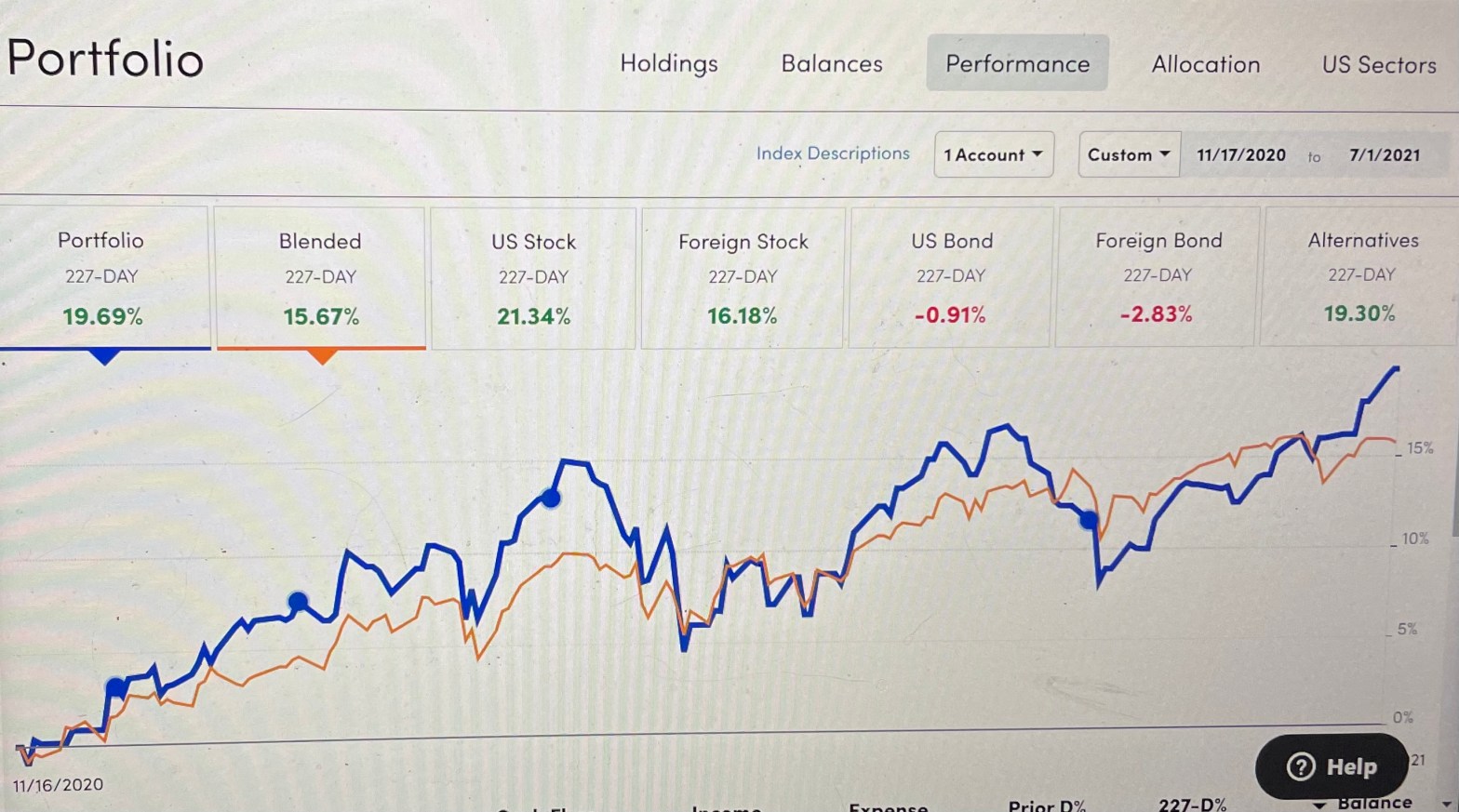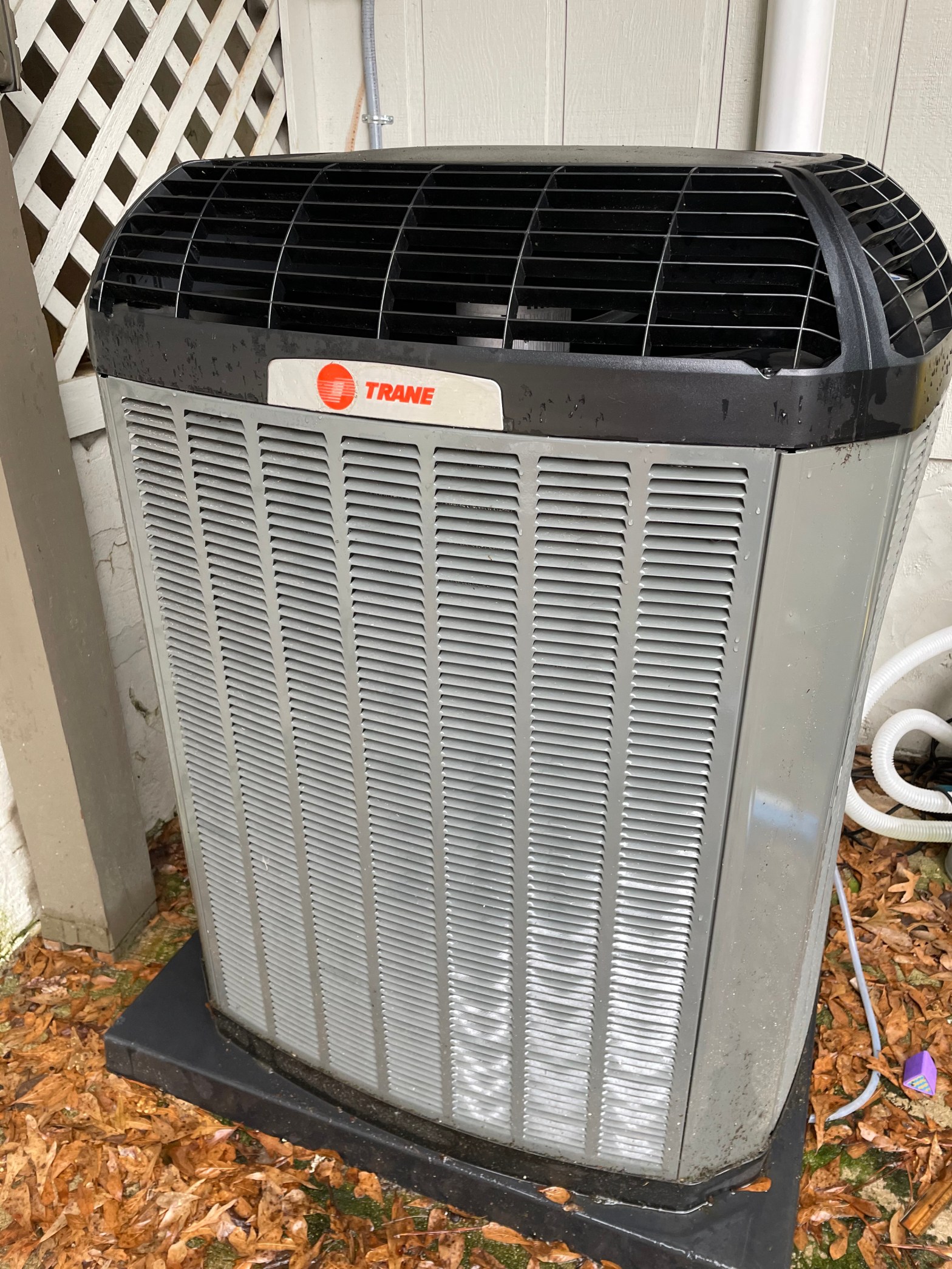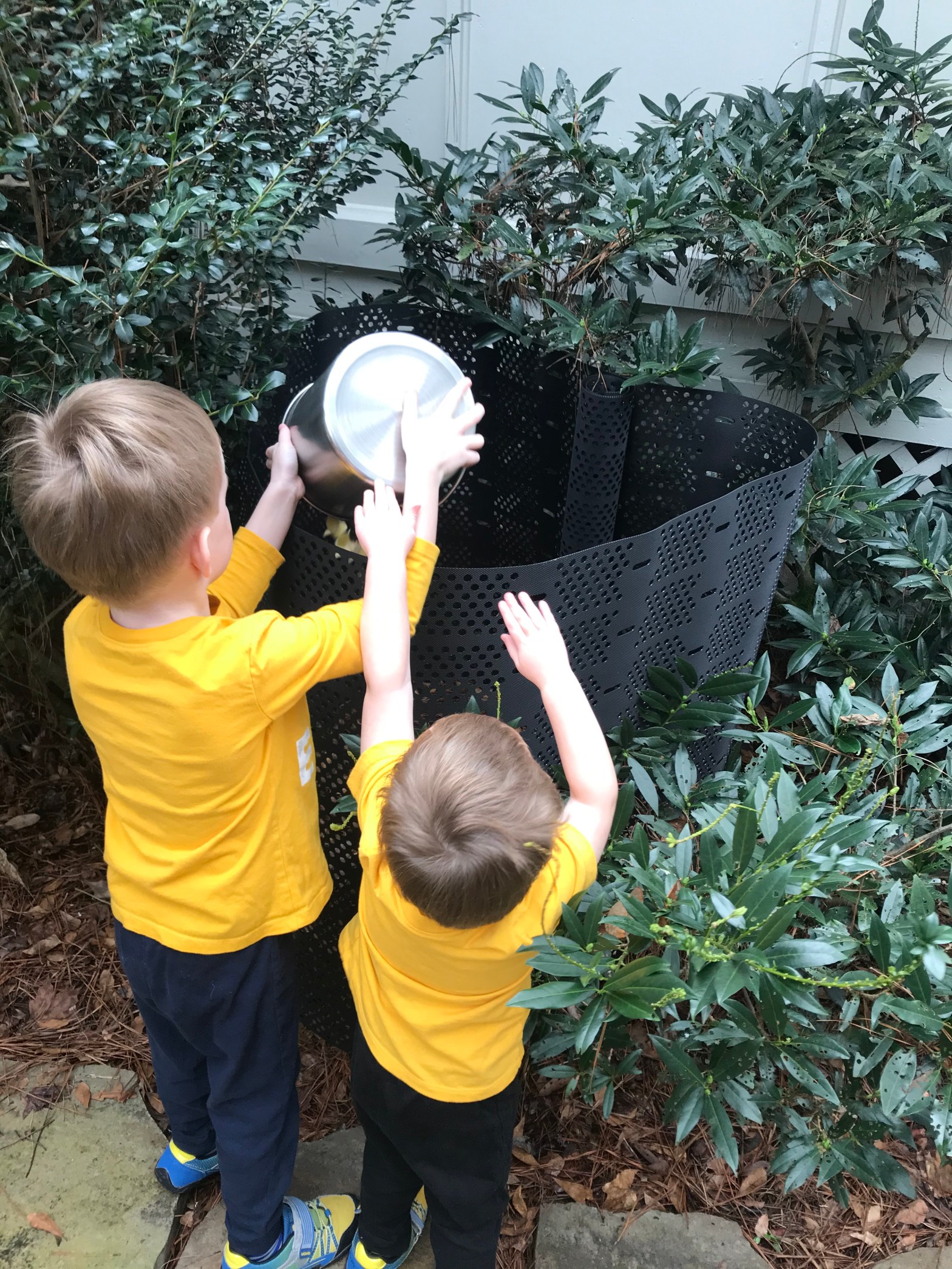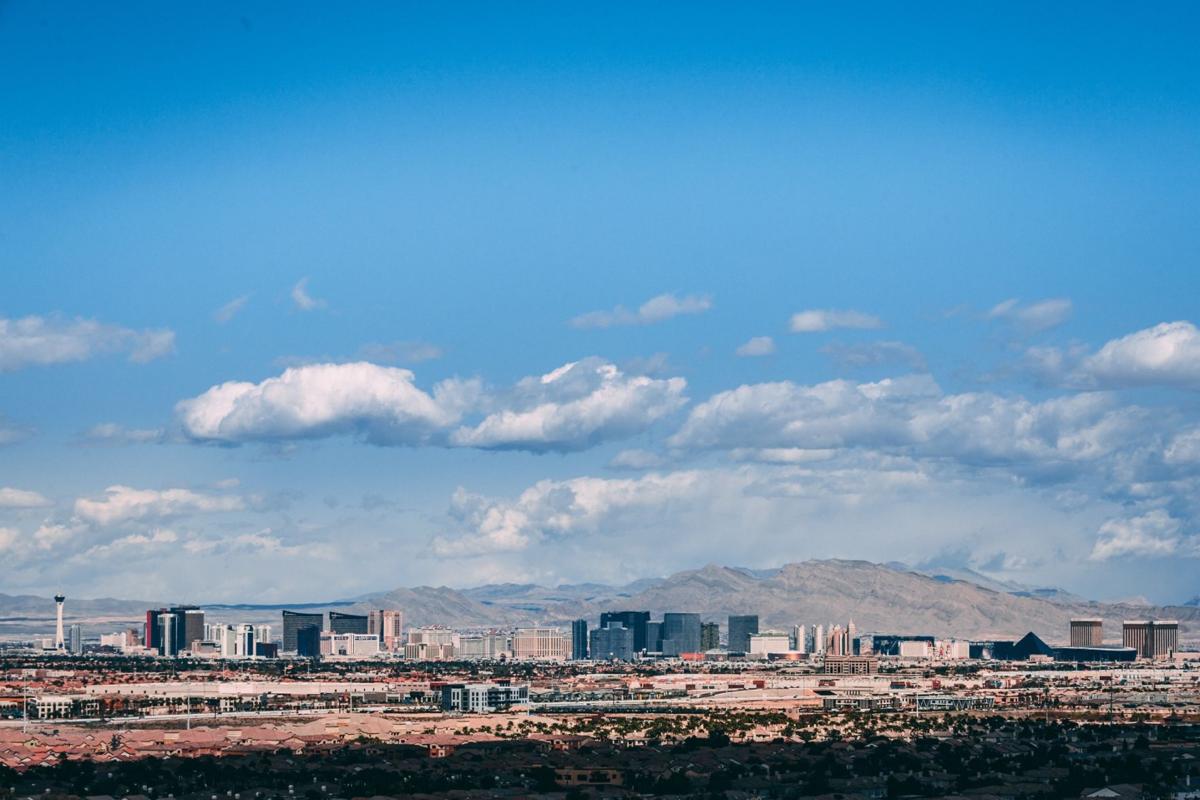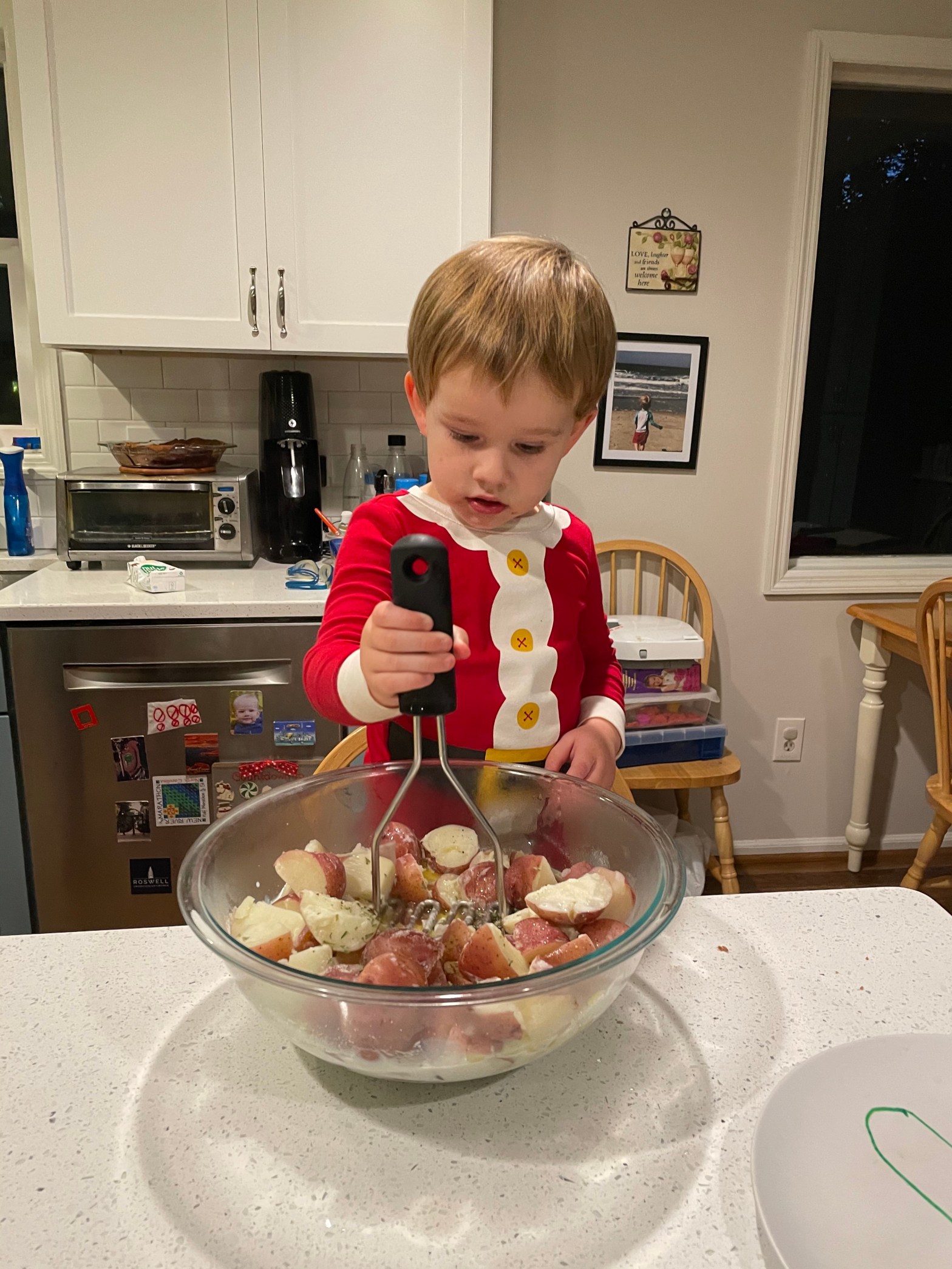Happy (belated) new year! I have been pretty delinquent in posting on here for a long time, but I wanted to add another food post to the ones I posted two and three years ago. It is becoming more and more widely known how much animal agriculture, particularly beef, accelerates climate change, and how dramatically smaller the carbon footprint of most plant-based foods is compared with animal-based foods (see graph below).

There has never been a better time to eat vegan, or at least shift a little more in that direction. There are so many wonderful recipes, products, restaurants, and flavor combinations, that you’d be hard pressed to find an animal-based food craving you can’t pretty well satisfy with plant based foods. I decided to organize this post by category so that you can easily come back to look for ideas depending on season, meal, occasion, etc. It is pretty comprehensive so feel free to skim!
Soups

It’s a cozy time of year to enjoy some flavorful, nutritious, steaming soup! Soup recipes are nice and versatile; you can sub in whatever veggies you prefer or have on hand, and most soups stay good for several days if you want to make a large batch to have leftovers.
We loved this squash, kale, bean, and sausage soup by NYT. I like gardein frozen Italian sausage, but you could use any plant-based sausage to sub for the chorizo. We took the NYT’s advice to switch it up from butternut squash and use acorn instead, but then wished we’d just stuck with butternut since the acorn squash with all its nooks and crannies took so long to peel! Use your favorite greens for the kale, and you’ll have a great main course.
Our friend Emma made a great, simple soup a few years ago when we visited, basically with veggie broth, lentils, carrots, onion, celery, and (if I remember right) thyme. You can mix and match your preferred veggies, herbs, and legumes.
One soup we love we fondly call “labor soup” because we made it after I got sent home from the OB clinic for “false labor,” only to be back at the hospital later that night with Willy on his way! We prefer it without the tomatoes, and you could do either regular or sweet potatoes. The lemon juice and parsley give a nice hint of flavor that brings out the soup’s freshness, and of course you can sub your favorite herb. We like it with toasted sourdough bread. It was nice having the leftovers on hand when we got back home with our new baby!
We love this root vegetable soup (in the photo–left out the barley) in fall.
One of my proudest cooking moments was when Andrew asked me if this beer cheese soup I made was actually vegan because it was so convincingly and deliciously cheesy.
There are lots of great recipes that are either vegan or easy to veganize for chili, white bean chili, butternut squash soup, and tortilla soup (some of those are linked in my prior two food posts).
Kid Friendly:
I’ve mentioned in my previous food posts that we don’t hold our kids to a vegan diet (check out my food post from early 2020 for further thought behind that decision), but that they know why we make the food choices we do, and we like to offer them healthy, appealing vegan food options (and we get excited when they enjoy them). A few kid-approved winners:
Wessy loves quesadillas made with violife cheddar shreds. We cover half a small flour tortilla with the cheese, sprinkle on a little cumin, paprika, oregano, and garlic powder, fold over the top, and microwave for 20-25 seconds. The first time Andrew made him one, he declared, “Daddy, you should be a professional chef” (and he doesn’t give out compliments unless he means it!).
For snacks, a few vegan options that are a hit are pretzels, veggie straws, and pumpkin seeds. We make sure to have at least one or two fruits/veggies at each meal, and some of their favorites are strawberries, apples, cuties mandarins, baby carrots, bananas, broccoli (roasted at 350 degrees for 12 minutes with a little olive oil, salt, and lemon juice), spinach (that’s Wessy’s new fave–he just eats pieces of it raw, with or without salad dressing), and craisins (if we can count that as a fruit). Willy sometimes enjoys vegan chicken options (like beyond chicken tenders or impossible nuggets), and Wessy likes tater tots. Willy loves sourdough bread, and Arnold’s is a good brand of vegan sourdough sandwich bread. Our friend Jessica made some cornbread that Willy loved, made from cornbread mix with oat milk and applesauce, so we’ve made that too.
For bento boxes for school lunch, some things they enjoy include pretzels, craisins, strawberries, apples, baby carrots, cut up violife cheddar cheese, and pumpkin seeds.
My mom’s recipes:
Many of you know that I lost my wonderful mom suddenly to cancer last summer. Some of my favorite foods she used to make are either already vegan or easy to veganize. I’ll leave the original recipes in her words or clippings.
When I was a kid, for birthday dinners and some other special occasions we loved lemon chicken. I’ve made the recipe below substituting beyond chicken tenders (so yes, that makes them twice fried when you’re done), flax eggs, Follow Your Heart parmesan, and Earth Balance vegan butter, and it has all the good taste of the original.
Lemon Chicken (serves 4+)
1/4 c. parmesan cheese
1/2 c. bread crumbs
1 1/2 lbs. chicken scallopini
2 eggs, beaten
1/4 c. olive oil (can add a couple T. butter if you want)
6 thin slices lemon
1/4 c. minced parsley
1 1/2 c. chicken broth
1/4 c. lemon juice
1/4 c. dry white wine
2 T. butter, melted
Mix cheese and crumbs together. Coat chicken by dipping in egg, then in crumb mixture twice. Brown for 2 minutes in oil and butter. Place in shallow dish. Top with sliced lemon and parsley.
(Dish may be prepared to this point and refrigerated until ready to serve). At serving time, prepare sauce by combining chicken broth, lemon juice, wine, butter, salt and pepper. Boil for 1 minute. Pour over chicken and bake uncovered for 30 minutes at 350.
She served the lemon chicken with the pasta and green beans below–only substitution needed to make them vegan is to use vegan parm (I like Follow Your Heart brand):
Pasta with Oil and Garlic
9 oz.+ pasta (fettucine or linguini)
Boiling salted water
1/3 to 1/2 c. olive oil
3 cloves garlic, minced
1/4 c. chopped parsley
1/2 t. salt
1/4 t. pepper
parmesan cheese to pass
Cook pasta until al dente (while preparing sauce). Heat oil in skillet over low heat. Add garlic and cook gently for 2 minutes. Remove pan from heat and add parsley, salt and pepper. Toss pasta with sauce.
Here is the recipe for Savory Green Beans (5-6 servings)
1 1/2 lbs. green beans
2 or 3 T. olive oil
2 cloves garlic, crushed
1 T. chopped onion (or more)
1/2 c. diced green pepper
1/4 c. boiling water
1 t. salt
1 t. dried basil
1/2 c. Parmesan cheese
String the beans. Heat oil and garlic in skillet. Add the onion and green pepper and cook slowly 3 minutes. Add beans, water, salt and basil, cover and simmer until beans are tender, about 15 minutes (keep an eye on it so beans don’t stick to bottom). Stir in half the cheese, turn the mixture into a serving dish and sprinkle with remaining cheese.
When I was around middle school, our family got a pasta machine, and my parents made some great pasta dishes. One of our favorites was chicken with almonds. We made this using beyond tenders (gardein chicken filets also work well), earth balance vegan butter, veggie broth instead of chicken broth, and vegan huggs homemade vegan sour cream, and it really captured all the flavors I remembered well.
Chicken with Almonds
1/4 cup butter
boneless chicken breasts (4 small)
1 clove garlic
2 T. chopped onion (I also add mushrooms)
1-2 T. tomato paste
2 T. flour
1 1/2 c. chicken broth
2 T. sherry
2 T. slivered almonds
salt and pepper to taste
1 t. tarragon
3/4 c. sour cream
1 T. grated Parmesan
Heat butter, add chicken and brown on all sides. Remove chicken, add garlic, onion and mushrooms and cook over low heat 3 minutes. Add tomato paste and flour and stir until smooth. Stir in broth and sherry. When returns to boil, return chicken to pan and add almonds, salt, pepper, and tarragon. Cover and simmer slowly for 45 minutes.
Transfer chicken to shallow casserole. Stir sour cream into sauce remaining in pan and heat thoroughly. Do not boil. Pour sauce over chicken and sprinkle with the cheese. Brown lightly under preheated broiler. (Serve with pasta).
Another childhood favorite was the black beans and rice recipe below. It made me a cilantro and bell pepper fan for life. Once you sub veggie broth for chicken broth, it’s already vegan.

Mexican
Who doesn’t like Mexican food? There are plenty of great options for the flavors you crave without meat or dairy.
We love these lime and cornmeal encrusted potato tacos. We make just the potatoes from that recipe, then top with caramelized onions, pickled cabbage, and this homemade salsa; we roast the tomatillos first, and it’s also great on chips.
Guac is easy and delicious: mash up avocados with generous squeezes of lime juice, cilantro, and jalapeños. You can also veganize your favorite seven-layer dip recipe, using violife shredded cheddar for the cheese and homemade vegan sour cream.
Check out my two prior food posts (early 2020 and early 2021) for ideas for Mexican/southwest medley, salad, and enchilada casserole.
Asian
Here are some of our favorite Asian-inspired vegan dishes:
Andrew has made this Thai Red Curry dish a couple times, and it’s very flavorful, healthy, easy, and fresh tasting.
This tandoori sheet pan dinner is amazing. The marinating sauce is addictive. We usually do cauliflower, onion, bell peppers, mushrooms, and/or zucchini and skip the tofu and potatoes, but you can choose whichever veggies you want. We like to serve it with green chutney and sometimes make these smashed potatoes with a little Indian spice instead of the chives.
A nice weeknight dinner (we make enough for a few days) is this versatile red lentil Indian dish. We usually mix in some roasted veggies (like carrots or cauliflower) to make it more substantial, and top with avocado, cilantro, and lime.
Italian
There’s something comforting about the aroma of Italian food cooking that makes your whole house feel warm and cozy. Here are a few of our favorite Italian recipes:
This lasagna was SO good! We threw in some spinach and mushrooms too, and made it with violife mozzarella and this ricotta.
In the fall, we like to do a butternut squash/sage/vegan sausage pasta dish. We looked at a few recipes and sort of combined them, but basically we roast cubed butternut squash, then throw it in a skillet with a little vegan butter and olive oil, white wine, sage, salt and pepper, vegan sausage (we like gardein Italian sausage), nutpods unsweetened creamer, and toss it with cooked penne pasta and vegan parm.
I don’t know if risotto necessarily automatically goes in the Italian category, but this dish is delicious and special occasion-worthy. We use earth balance vegan butter, veggie broth, sweet earth vegan bacon, and this vegan mascarpone, without the sugar. It’s so cheesy that we don’t feel the need to add the suggested parmesan.
I mentioned in my previous posts that we love making pizza with miyoko’s mozzarella (and by “we” I mean Andrew–he is the best pizza chef). In addition to the traditional red sauce and cheese + toppings, we like a fall version with arugula, walnuts, sauteed pear, extra virgin olive oil, and balsamic vinegar (and if you can find it, vegan gorgonzola is great on it too).
Summer
It’s always fun to cook (and eat) things that taste seasonal! I mentioned a few summer dishes in my previous posts, and we’ve discovered a couple of great new ones.
We loved this heirloom tomato gazpacho and this orzo with late summer vegetables, subbing miyoko’s mozzarella.
Holidays
No need to pine after turkey or ham with all the festive and flavorful vegan dishes out there!
For side dishes, we really liked these roasted carrots with a couple of caveats. Don’t make the same mistake I did attempting to roast them at 180 degrees…obviously they weren’t really cooking so we had to crank up the oven to around 350, and looking back at the recipe, lo and behold, it is 180 degrees celsius. Also, you really don’t need to make the cashew cream. It makes way too much, and the carrots are plenty flavorful the way they’re marinated, especially if you add the suggested toppings (we used mint instead of parsley along with the pomegranate seeds and shaved almonds).
These scalloped potatoes are super yummy and decadent.
These beggar’s purses are special occasion-worthy–we used vegan feta for the goat cheese.
These sweet and spicy roasted nuts are quick and easy and a big hit to bring along to a party or put in jars as a gift.
Andrew has fond memories of his family’s tradition of Bisquick sausage-cheddar balls on Christmas morning, and they turn out amazing with Impossible breakfast sausage (in the tube), violife shredded cheddar, and soy milk.
Lunch
I got a little tired of bringing PB&J to work for lunch, so I switched to tofurkey and vegan provolone, and got a little tired of that too. I still bring those sometimes, but a couple more ideas to mix things up:
My friend Katie suggested making a sandwich with vegan cream cheese and veggies/sprouts. You can vary it up with your favorites; I like using miyoko’s cream cheese (there are other good brands too like violife or Kite Hill) on Arnold sourdough or Dave’s killer bread, and add 2-3 veggies (tomatoes, cucumbers, avocado, spinach, sprouts, arugula, etc). In the summer, a simple sandwich of sliced tomatoes and avocados on your favorite bread with evoo drizzled on is great, especially if it’s not a work day and you can eat it right after you slice the tomatoes. 🙂
Hummus is a nice option too; lantana has several fun flavors you can use for a sandwich, optional to top with spinach, sprouts, or other veggies. Hummus is also a great dip for carrots and other raw veggies.
For a lunch that feels a little more like a treat on a day you don’t have to pack one, some of the vegan chicken products are great on sandwiches. I like to make a sandwich of a gardein filet (spicy or not) or gardein Nashville hot chicken on toasted sourdough with vegan mayo, topped with pickle slices.
Andrew has made these amazing sofritas a few times, and they’re great for lunch with black beans, with or without a tortilla.
Breakfast
In my last food post, I mentioned Just Egg, avocado toast, hashbrown casserole, waffles, and breakfast tacos. Some other fun breakfast ideas, whether you’re in a hurry or want to make a nice meal:
Cereal (like plain cheerios or Nature’s Path maple pecan crunch) with soy milk and berries or banana, or toast (I like sourdough bread toasted with miyoko’s butter) are nice quick, tasty options. If you’re really in a hurry, some great frozen microwavable options are Plant Pure burritos or Alpha breakfast sandwiches. Many bagels (including Dave’s killer bagels) are vegan and are good with vegan cream cheese or peanut butter.
A couple of our favorite things to make with Just Egg:
We got a wedding present, the Bride and Groom Cookbook, that has a recipe for a frittata that we’ve always loved. Luckily, the vegan version tastes every bit as good as the original. Sauté some onion in vegan butter or olive oil in a small skillet, then put (for ~2 people) about a half bottle of Just Egg in a bowl and mix in 2 tablespoons vegan parm, some fresh or dry basil, ~⅓ cup sundried tomatoes, and a little pepper. Pour the “egg” mixture into the hot skillet and cook for a few minutes on medium heat, using a wooden spoon to push the cooked edges in and let the runny part go to the outside to cook. Then broil for about 2 minutes. So good!
Just Egg also comes folded/frozen. It is great for making an easy breakfast sandwich with beyond breakfast sausage patty, vegan cheddar, and hot sauce on sourdough. The liquid Just Egg also makes a good scramble with vegan sausage and cheddar and onion/spinach/any veggies you like.
Sweets
Plenty of vegan ways to indulge your sweet tooth!
There are lots of great non-dairy ice creams. A few of our favorites are Sodelicious (especially their salted caramel cashew cluster), Jeni’s, and Ben and Jerry’s (and vegan reddi whip is great on top). Ghirardelli recently released vegan chocolate chips.
Many mainstream brand boxed brownie and cake mixes are already vegan and call for water, oil, and eggs to mix in. Use flax eggs instead and you’ve got an easy and tasty, homemade-ish dessert! Some of the store-bought frostings are also vegan so that makes for easy birthday cakes/cupcakes.
For homemade chocolate chip cookies, if you really want them to taste delicious and gooey, splurge on miyoko’s vegan butter and they’re at least as good as any with cow’s milk butter.
For yummy store-bought vegan sweets, we like Oreos or Justin’s peanut butter cups.
Andrew and the boys made this wonderful autumnal maple pecan apple crisp for my birthday.
Local businesses/restaurants
A brief shout-out, for those who live in metro Atlanta, to:
Gregory’s Atlanta Vegan Breakfast in Roswell. It’s just take-out, but it’s so good. Our favorites are the Rose Grit Bowl and the Columbus Sausage, Egg, and Cheez biscuit. Check them out on Instagram!
Calverita’s Taqueria Vegana is amazing, especially their birria tacos. They have pop-up events all over metro Atlanta; if you follow them on Instagram you can catch them when they’re near you!
Nisha’s makes great Indian food and has a ton of fresh, flavorful (and sometimes spicy) vegan options. They are not a vegan business but offer lots of good food. Check out their website for when they’ll be at various farmer’s markets and grab a couple containers of curry and some of their paratha bread and samosas.
That’s about it. Thank you for reading if you’ve made it this far! Cooking and eating low-carbon-footprint foods is a lot of fun and never gets boring. I’d love to hear some of your favorites too!
